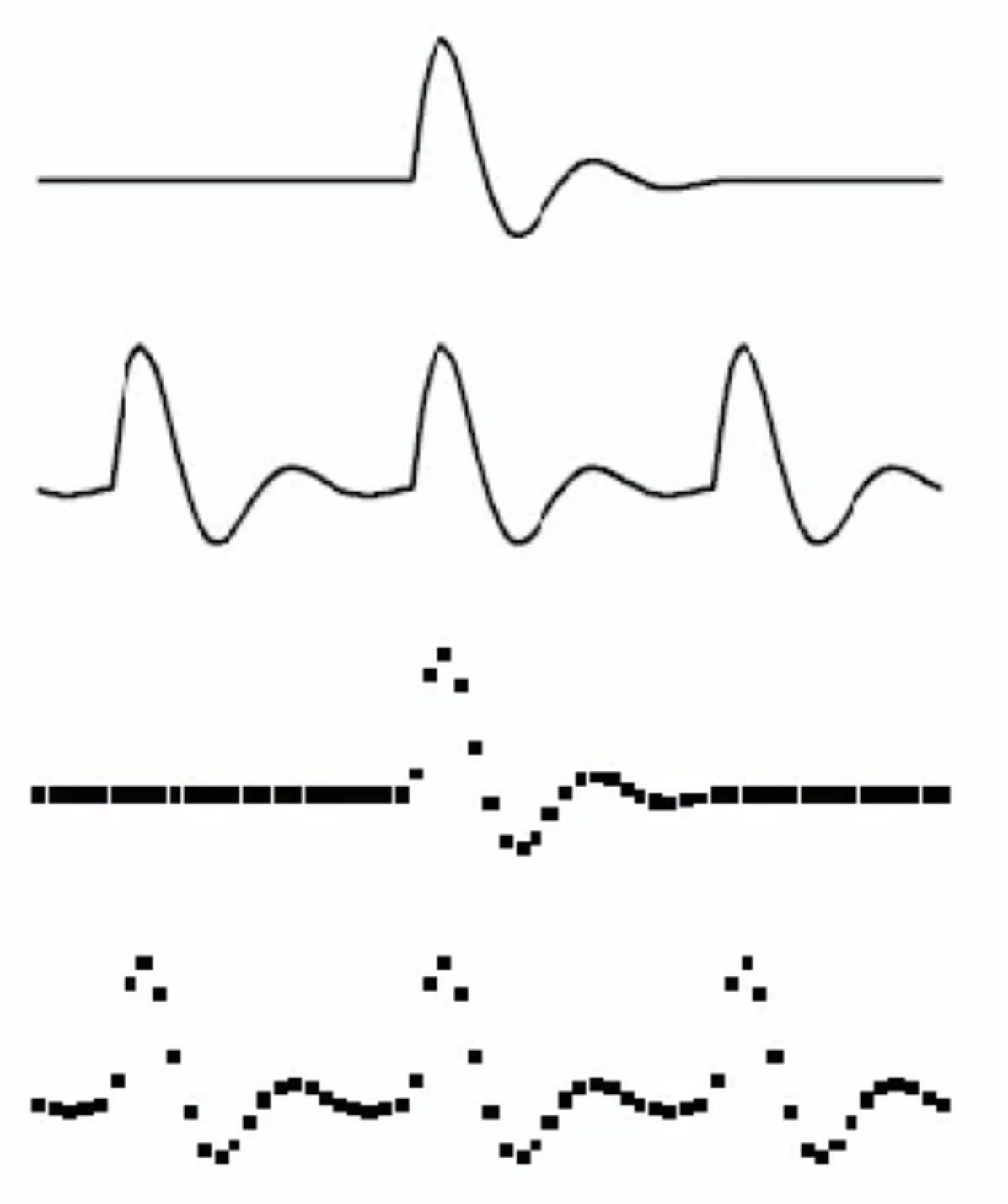DSP | Theory | DFT
Calculators Theory Z-Domain Filters
Quantization & Sampling Theorem Math Linear Systems Convolution Fourier Transform
← Back to Digital Signal Processing
Fourier Transform is a set of mathematical techniques based on decomposing signals into sinusoids. The version of fourier transform used for discrete signals is known as Discrete Fourier Transform (DFT).
Any continuous periodic signal could be represented as the sum of properly chosen sinusoidal waves.
Signal Categories
| Aperiodic continuous | Fourier Transform |

|
| Periodic continuous | Fourier Series | |
| Aperiodic discrete | Discrete-time Fourier Transform | |
| Periodic discrete | Discrete-time Fourier Series |
Composition
Each of the four Fourier Transforms can be further subdivided into real and complex versions where the real version consists of ordinary numbers and the complex version consists of complex numbers.

When an n sample time domain signal x[] running from 0 to n-1 is passed through DFT, two frequency domain signals are produced. Each of these signals are (n/2) + 1 samples long, running from 0 to n/2.
- Time domain refers to samples taken over time.
- Frequency domain refers to the amplitudes of the sine and cosine waves produced.
- The frequency domain contains the same information as the time domain, but in a different format.
- Remember that time domain values are represented with lowercase letters and frequency domain with uppercase letters.
The frequency domain numbers are labelled real (ReX) and imaginary (ImX). However, they are both still ordinary numbers,
Horizontal Axis of Frequency Domain
When labelling the horizontal axis for the frequency domain, it can be approached in one of three ways;
- as an index from 0 to
n/2. - as a fraction of the frequency running from 0 to 0.5.
- as a natural frequency from 0 to π.
Note that when labelling as a fraction, it is only necessary to go to 0.5. This is due to the Nyquist Theorem. If the signal is properly sampled, there should be no frequency above 0.5.
Time and Frequency Domain Symmetry
It is important to note that there are certain symmetries between the time and frequency domains known as Duality. These are;
- A single point in the frequency domain corresponds to a sinusoid in the time domain.
- A single point in the time domain corresponds to a sinusoid in the frequency domain.
- Convolution in the frequency domain corresponds to multiplication in the time domain.
- Convolution in the time domain corresponds to multiplication in the frequency domain.